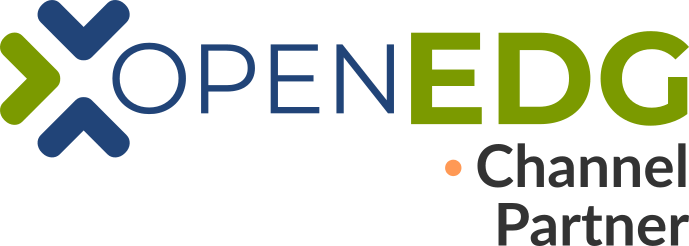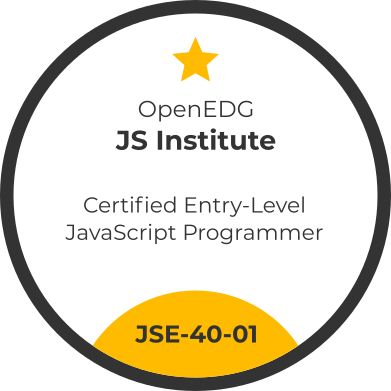El curso JavaScript Essentials 1, de nivel introductorio, te preparará para superar el examen de certificación JSE – Certified Entry-Level JavaScript Programmer.
El objetivo principal del curso es guiarte, desde cero, a un nivel de conocimiento de programación que te permita diseñar, escribir, depurar y ejecutar programas codificados en el lenguaje JavaScript y comprender los conceptos básicos de las tecnologías de desarrollo de software.
El curso se centra en los conceptos básicos del lenguaje JavaScript, incluidos los elementos esenciales de la sintaxis y la semántica de JavaScript, las mejores prácticas de programación, las herramientas y los recursos de JS, y conceptos de codificación como variables, tipos de datos, type casting, operadores, interacción del usuario, flujo de control, funciones, errores, excepciones, depuración y solución de problemas.
El curso te preparará para trabajos y carreras relacionadas con el desarrollo web y de software, que incluye no solo la creación del código como desarrollador junior, sino también el diseño web, el desarrollo front-end y la prueba de aplicaciones.

